10 features the Exynos 9810 launch tells us about the Galaxy S9
Bixby isn't going anywhere
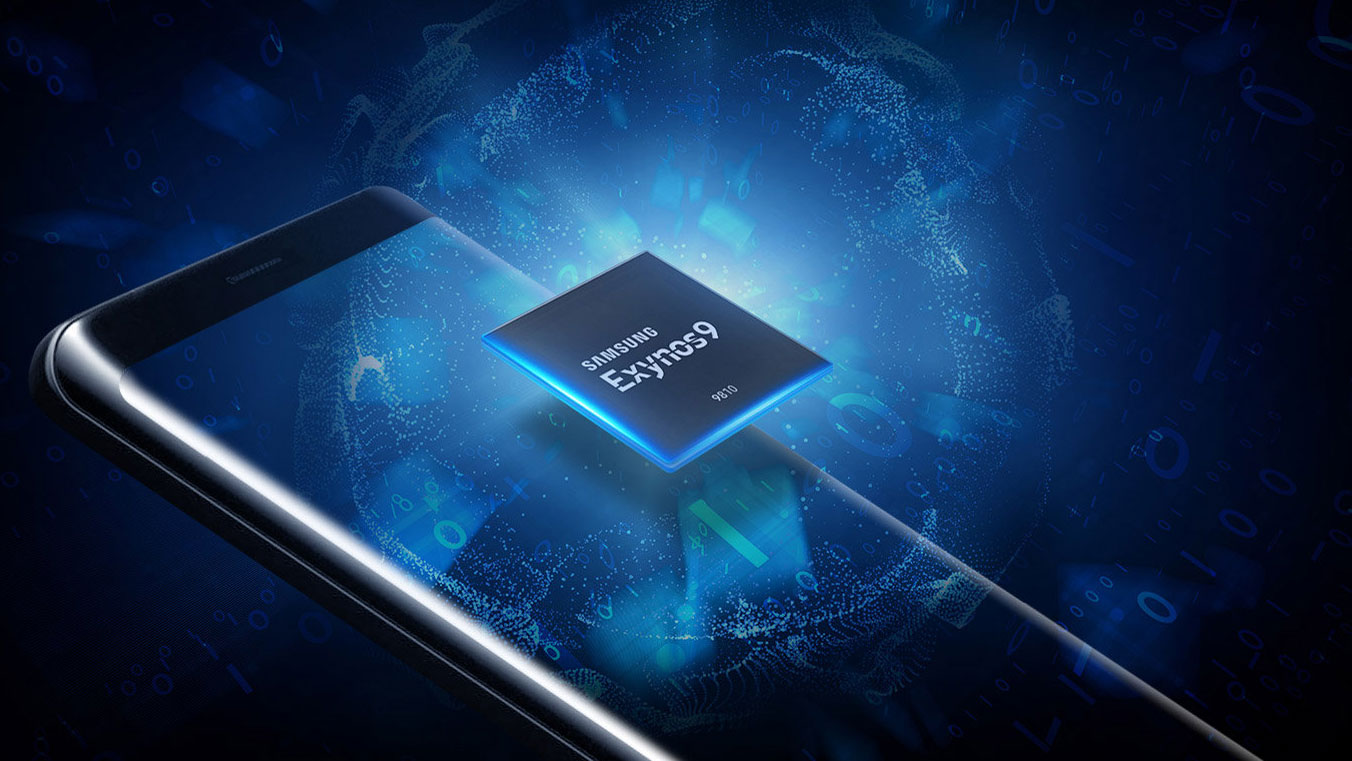
Samsung has just announced the Exynos 9810 – the chip that's almost certainly going to be at the heart of the Samsung Galaxy S9 and Samsung Galaxy S9 Plus (at least outside the US, which will likely get the Snapdragon 845).
With that announcement Samsung has also revealed a number of features and focuses of the Exynos 9810, which in turn tells us rather a lot about what we can probably expect from the Galaxy S9.
So based on what we know, the following ten features could well be included in Samsung’s next flagship.
1. Face ID and Animoji
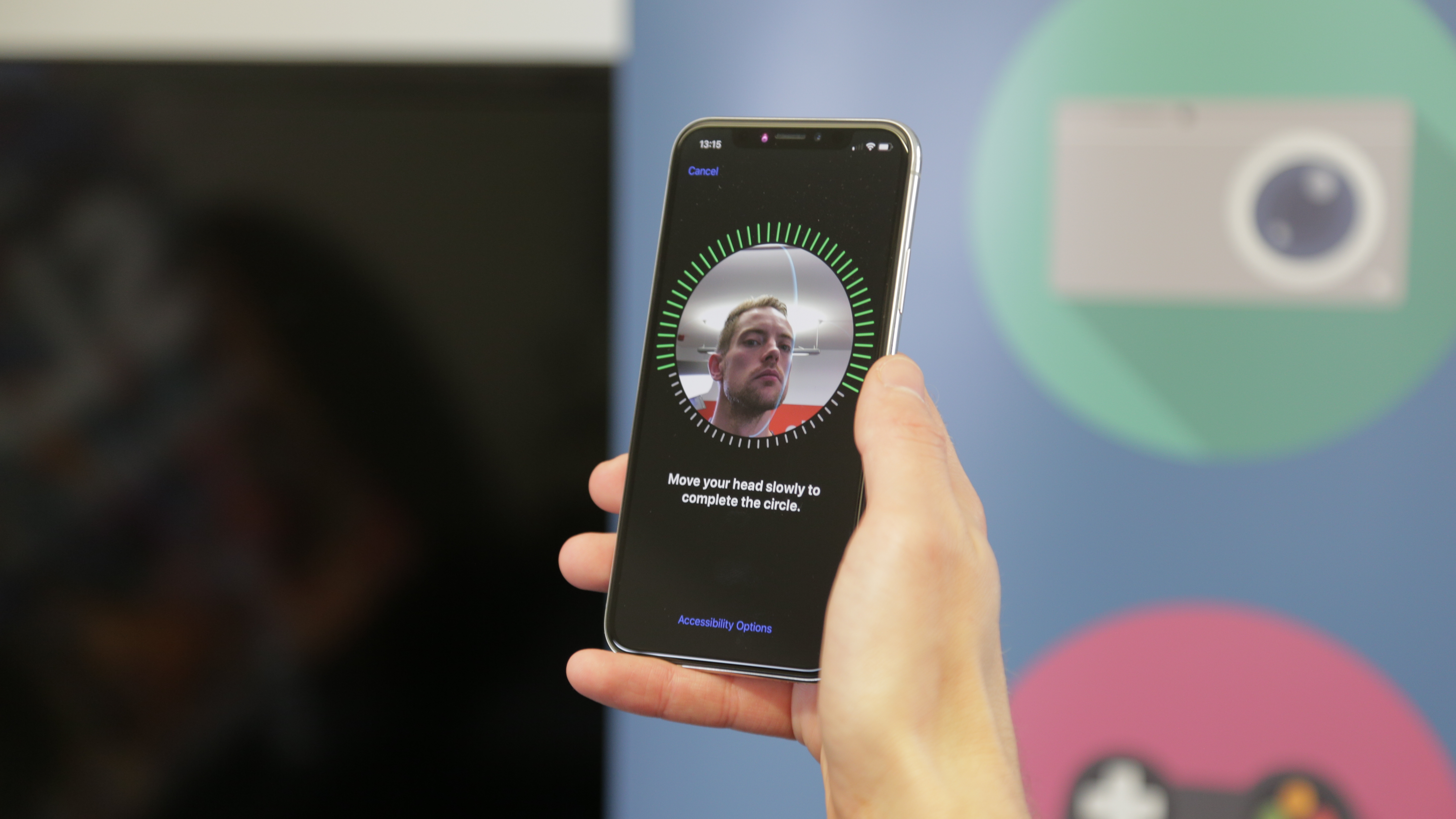
Okay, so Samsung isn't going to call them Face ID or Animoji, but one of the seemingly headline features of the Exynos 9810 is "a depth sensing feature to scan user's face in 3D for face tracking filters as well as strong security when unlocking a device with one's face."
That sounds a lot like Apple's new security system, and the 'filters' part of the description suggests you might be able to edit your appearance in some way – much like you can on the iPhone X with Animoji.
The Samsung Galaxy S8 already has a face scanner of course, but it's far less secure than Apple's solution, in part because it doesn't scan in 3D, so it can be fooled by a flat image.
2. 4K video at 120fps
One very likely upgrade to the Samsung Galaxy S9 is improved video recording, as the Exynos 9810 can shoot 4K video at up to 120fps, where other phones (e.g. iPhone X) top out at 60fps.
Get daily insight, inspiration and deals in your inbox
Sign up for breaking news, reviews, opinion, top tech deals, and more.
That should mean your videos look smoother, though the difference may not be enormous.
3. Slow motion 4K
Being able to shoot 4K footage at 120fps may also mean the Samsung Galaxy S9 can shoot slow motion video in 4K quality.
Slow motion 4K isn't specifically mentioned anywhere in the Exynos 9810 information, but it needs those extra frames to display properly.
4. More power
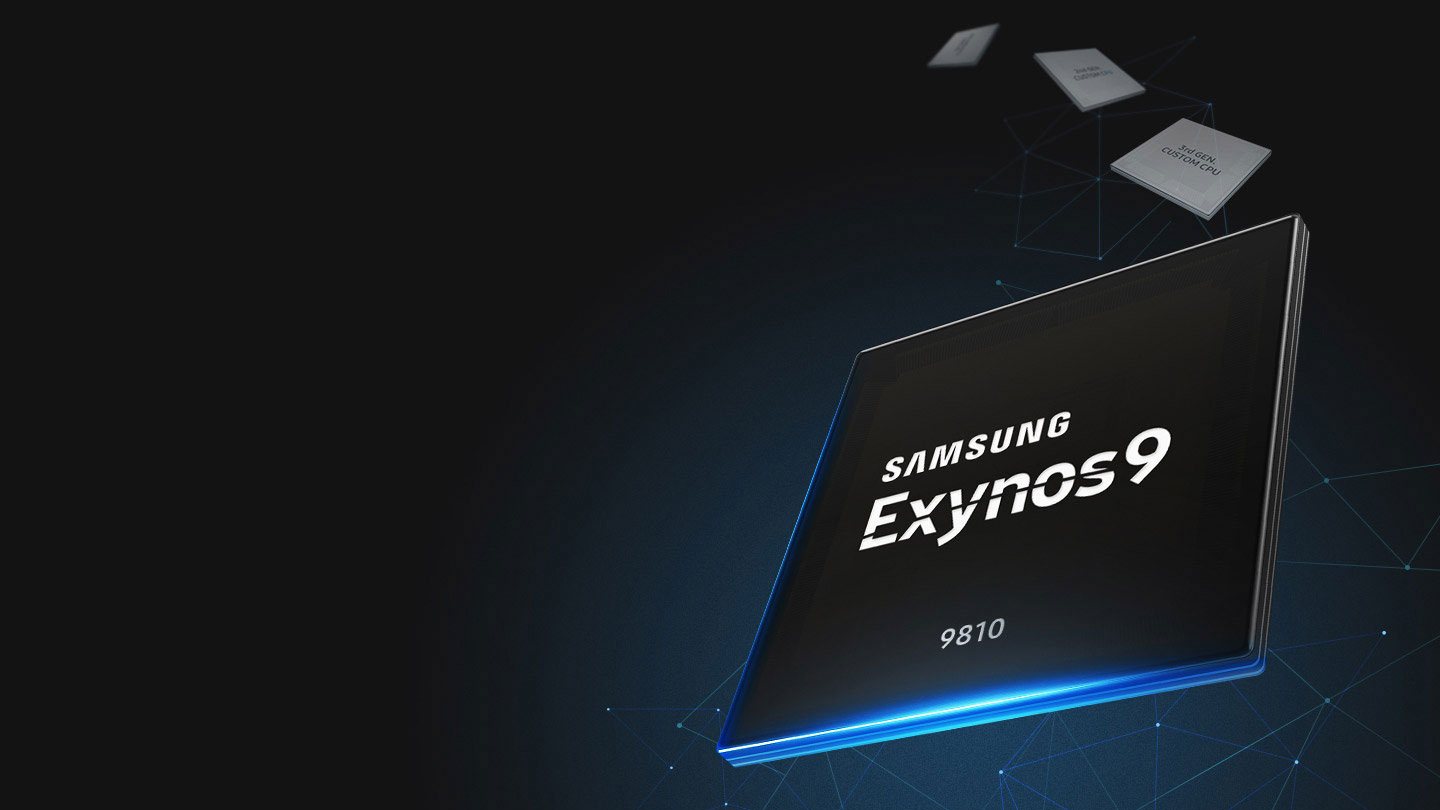
It's a given that the Samsung Galaxy S9 will have more power than the Galaxy S8, but the Exynos 9810 gives us a good idea of exactly how much more.
It's an octa-core chipset with four cores running at 2.9GHz and four going at 1.9GHz, up from 2.3GHz and 1.7GHz in the Exynos 8895 version of the Galaxy S8.
Single-core performance is apparently twice as good as the Exynos 8895, while multi-core performance should be 40% better.
That's a big jump, yet the chipset should also be less power-hungry, so the Galaxy S9's battery might last longer. The GPU is also apparently 20% more powerful, potentially allowing for more detailed and realistic graphics when gaming.
5. Faster downloads
As well as more power, you might also get more speed, as the Exynos 9810 supports Cat 18 LTE for download speeds of up to 1.2Gbps.
That sort of speed is apparently enough for streaming high-quality virtual reality video, though in reality you'll likely be far more limited by your mobile network. Upload speeds meanwhile are apparently up to 200Mbps, though that again might not be something you hit in the real world.
6. Improved cameras
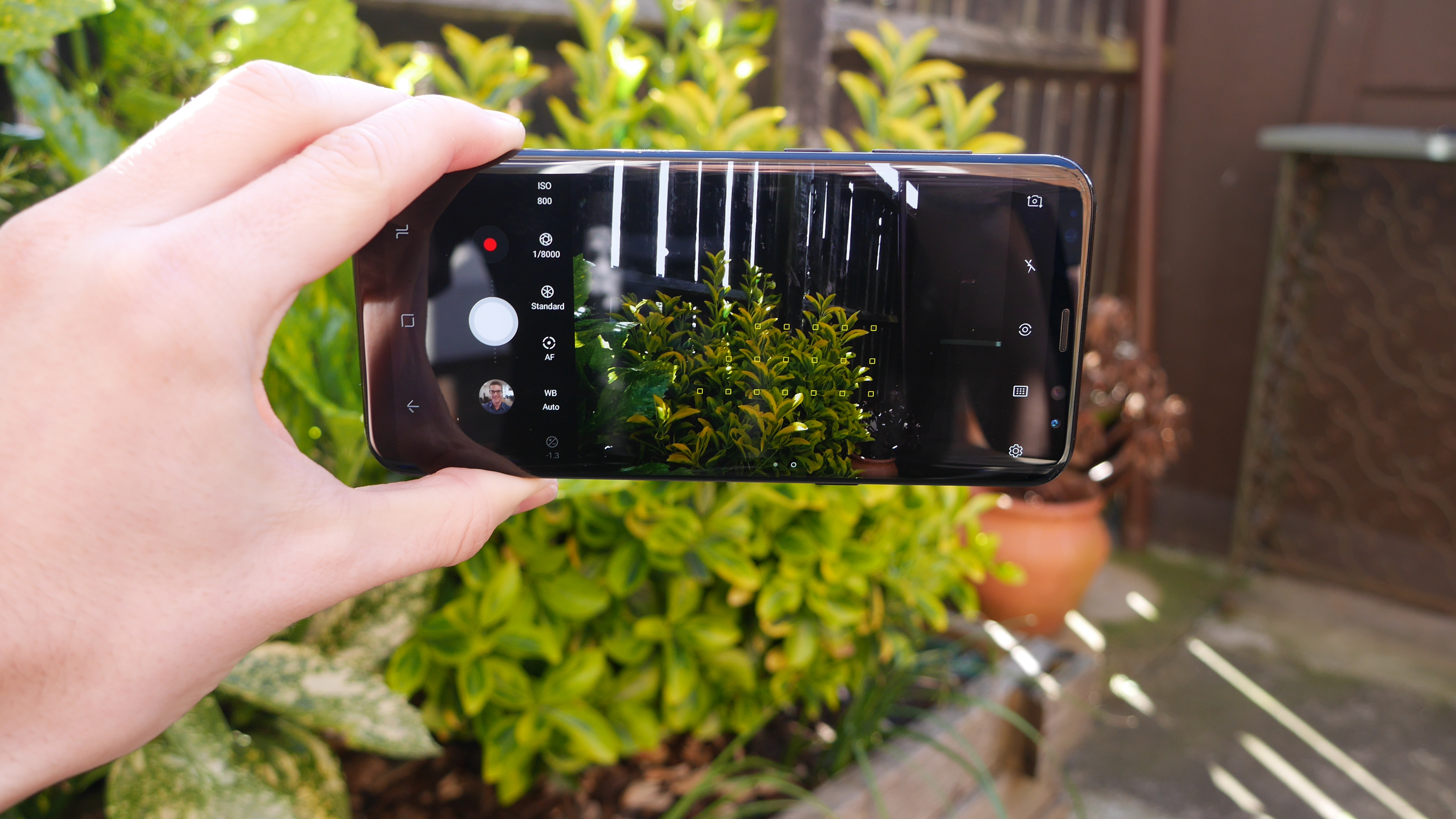
The cameras on the Samsung Galaxy S9 might be faster and better than those on the Galaxy S8, as the Exynos 9810 apparently has a dual-ISP (image signal processor), one of which is high-performing, while the other is very low power, thereby extending battery life.
Apparently the chip is also capable of faster autofocus and improves the algorithms used for noise reduction, edge enhancement and face beautification.
Photos and footage should also be more likely to stay in focus, thanks to advanced stabilization technology.
7. Better audio
Audio might be improved for the Samsung Galaxy S9, as the audio subsystem of the chipset has been upgraded, allowing for better audio quality and stable processing without consuming too much power – so listening to music will be light on your battery.
8. Better Bixby
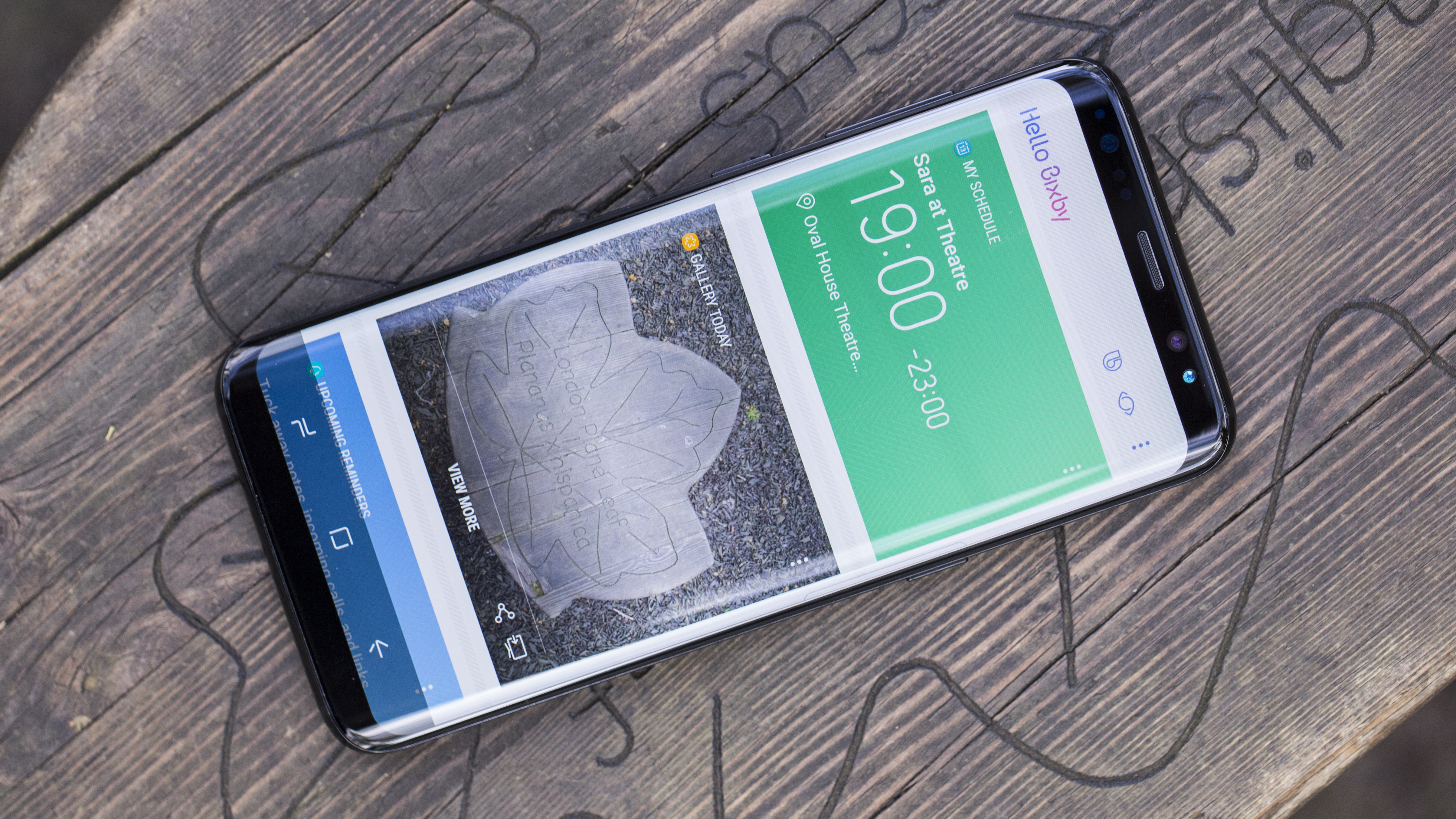
It's fair to say that Bixby isn't quite in the same conversation as Alexa, Google Assistant or Siri, but it's likely to improve and the Exynos 9810 could give us some clues to one of the ways it might do that.
According to Samsung, the Exynos 9810 can use deep learning-based software to accurately identify items or persons in photos.
We've talked about facial recognition, but its ability to recognize items could help improve Bixby Vision – the component of Bixby that allows you to point your camera at objects and places in the real world to get information on them.
So perhaps the Samsung Galaxy S9 will more reliably be able to recognize things with this feature.
9. A sharper screen
We're not expecting much of a resolution boost from the Samsung Galaxy S9, but there's an outside chance we might see one, as the Exynos 9810 supports screens of up to 4K UHD (4096 x 2160) or WQUXGA (3840 x 2400).
For reference, the Samsung Galaxy S8 has a screen of 'just' 2960 x 1440, so there's the potential for quite a jump, but it probably wouldn’t be needed unless Samsung really wants to focus on one specific thing…
10. Improved VR
A sharper screen, as is possible with this chipset, could massively improve VR experiences, which are currently hampered by images that aren't quite crisp enough when they're an inch from your eyeballs.
We're still not convinced we'll see much of a resolution change for the S9, as no such change has been widely rumored, but it’s possible.
Either way, the VR experience using Gear VR or Daydream View might improve, as the Exynos 9810 is built with gaming in mind, and Samsung specifically talks about delivering a "fully immersive graphical experience" when in VR.
- If you're in the US you might get a Snapdragon 845-powered model
James is a freelance phones, tablets and wearables writer and sub-editor at TechRadar. He has a love for everything ‘smart’, from watches to lights, and can often be found arguing with AI assistants or drowning in the latest apps. James also contributes to 3G.co.uk, 4G.co.uk and 5G.co.uk and has written for T3, Digital Camera World, Clarity Media and others, with work on the web, in print and on TV.